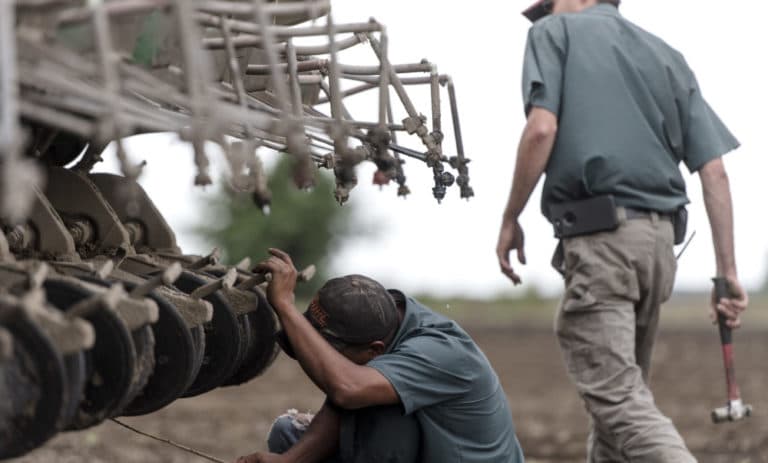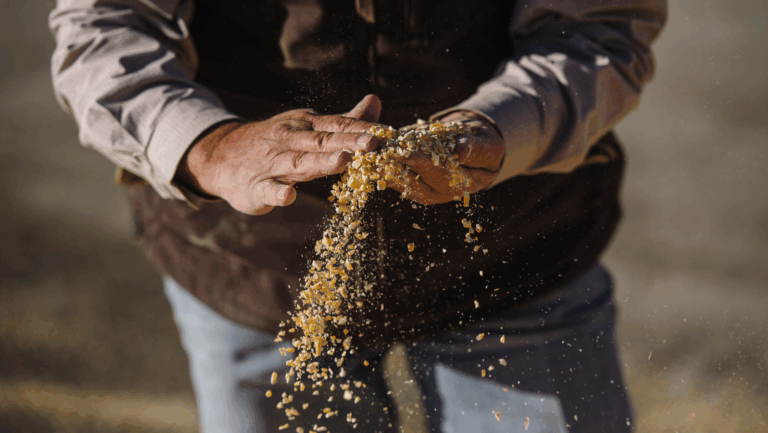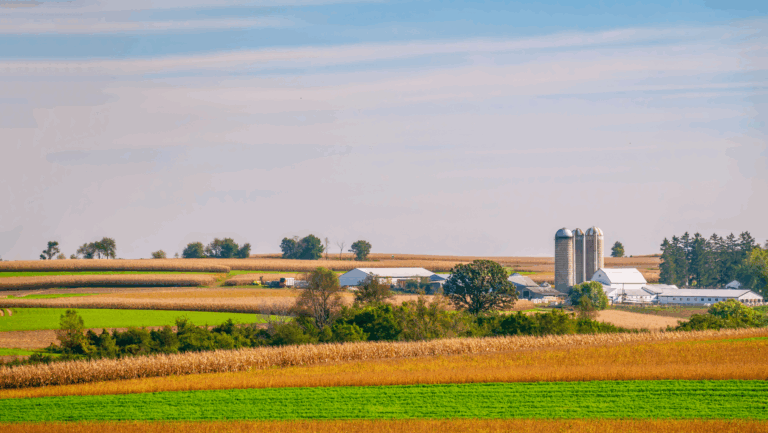Farm Labor Series: Improving the H-2A Program
Labor shortages persist as a significant challenge to U.S. agriculture.
For operations that rely on the H-2A visa program, many find themselves asking—will help arrive in time? The answer is rarely a simple one. Designed to provide farms with a legal seasonal workforce, the H-2A program has become both a lifeline and a headache. Despite record H-2A participation, producers face rising wage rates, compliance burdens, and paperwork delays when navigating this farmworker visa program that can make or break a harvest.
Recent shutdowns and policy uncertainty have exposed just how fragile the system has become. In places like Florida—where fruit and vegetable growers depend heavily on H-2A labor—delayed H-2A visa processing has already put crops and livelihoods on the line.
The stakes are high, and while reform won’t come overnight, farmers can’t afford to wait. Understanding how the H-2A program falls short—and what changes could make it more effective—is essential for protecting operations and ensuring food continues to move from field to table.
What Is the H-2A Visa Program?
The H-2A visa program allows U.S. farms to hire foreign laborers for temporary or seasonal agricultural work—typically lasting up to ten months. To qualify, employers must meet strict requirements, including housing, transportation, and a federally mandated wage rate.
H-2A Historical Background
The H-2A program traces its roots to the Bracero Program (1942–1964), a wartime agreement that brought millions of Mexican laborers to U.S. farms and railroads. When that program ended amid labor rights, growers still needed a legal, seasonal workforce.
The Immigration and Nationality Act of 1952 created the original H-2 visa program for temporary workers, which was later divided under the Immigration Reform and Control Act of 1986 into two programs—H-2A for agricultural work and H-2B for nonagricultural jobs. The reform aimed to formalize protections for U.S. workers while maintaining access to critical farm labor.
Today, the H-2A program allows U.S. employers to hire foreign workers for seasonal agricultural work when domestic labor is unavailable. Employers must prove the labor shortage, provide housing and transportation, and pay the Adverse Effect Wage Rate (AEWR) minimum set by the Department of Labor. The process requires coordination between multiple agencies—including the DOL, USCIS, and the Department of State—making it essential yet complex for producers to navigate.
Why the H-2A Program Falls Short
While the program fills a vital role for many producers, it also comes with limits and complications that reduce farmer participation.
In fact, even as H-2A participation surged as much as 300 percent between 2010 and 2024, the temporary agricultural worker program still provides just 15 percent of employment on U.S. crop farms. On top of this, nearly half of participating farmers report being “not at all” or “slightly satisfied” with the H-2A system.
Here are the likely culprits.
Limited Duration of H-2A Visas
Due to its seasonal-only structure, the H-2A farmworker program excludes operations that depend on continuous labor, such as dairies, feedlots, and nurseries. When domestic workers are unavailable, these operators are often left without a legal or reliable labor option.
Cumbersome Hiring Process
The reality is that the H-2A program is not designed for efficiency. Applications must be filed 60 to 75 days before workers are needed. Employers must file applications months in advance and often face approval delays exceeding 30 days or more. Approvals often arrive late, and one small clerical mistake can delay an entire crew’s arrival.
Rising Costs and Wage Pressures
An increasing number of farmers hire consultants or attorneys to navigate the paperwork, resulting in additional costs. Mandatory housing, transportation, and escalating wage rates have also contributed to higher costs. By the time workers arrive, farms can spend as much as $15,000 per H-2A employee before a single crop is picked.
In some regions, the Adverse Effect Wage Rate (AEWR)—the minimum required wage for H-2A workers—has risen by double digits in recent years. For many farms, especially those in the fruit and vegetable sectors, these increases are unsustainable without pricing power, making it difficult to compete in the global marketplace.
The Impact of H-2A Farm Labor Inefficiencies
The consequences of a flawed H-2A system are not theoretical or limited to the global marketplace—they’re already being felt tangibly and within our borders. In the Southeast, where fruit and vegetable growers rely heavily on H-2A labor, certification delays tied to the recent government shutdown threatened seasonal workforce at a critical time.
“The biggest issue for us with the shutdown was getting our orders processed for the H-2A labor we need to bring in. Now this should get back up and running.”
– Matt Solana, Jackson Farming Company.
Fortunately, a resolution was reached, but it served as a clear reminder of how easily the H-2A system can be disrupted. Prior to its resolution, as much as 40 percent of Florida’s seasonal workforce were caught in limbo, according to a letter from Florida Fruit and Vegetable Association to Director of the United States Office of Management and Budget Russell Vought.
Ongoing farm labor instability leads to immediate crop losses, excess food waste, lower farm profitability, reduced production, and ultimately threatens the domestic security of America’s food supply.
How the H-2A Program Could Better Serve Farmers
The farm labor issue is irrefutable, but what’s more important is finding a solution. While there’s no easy fix, several reforms could make the H-2A program more predictable, affordable, and farmer-focused.
- Extend visa durations to support year-round agricultural operations, including dairy and livestock.
- Streamline the hiring process by fully digitizing and centralizing the application and certification system.
- Reform the AEWR calculation to balance fair wages with economic sustainability for employers.
- Reduce compliance and housing costs through tax credits, cost-sharing programs, or regional flexibility.
These changes would not only improve efficiency but also foster greater confidence in the system, enabling producers to plan ahead, maintain steady employment, and protect our food supply.
Supporting Farmers Through Thick and Thin
Until meaningful H-2A reform takes hold, farmers will continue to face an unpredictable labor landscape. Delays, wage spikes, and policy ping pong can all directly impact cash flow, harvest timelines, and our nation’s essential food supply.
AgAmerica helps producers navigate these challenges with flexible financial solutions designed to maintain financial stability through uncertainty. Whether through lines of credit to cover upfront labor costs, refinancing options to ease cash-flow pressure, or financial support to invest in farm technology that reduces labor dependence, AgAmerica is here to support the backbone of American agriculture.
With the right combination of policy reform and strategic financing, farmers can protect their livelihoods, their land, and the nation’s food supply. Contact us today to explore your financing options.






